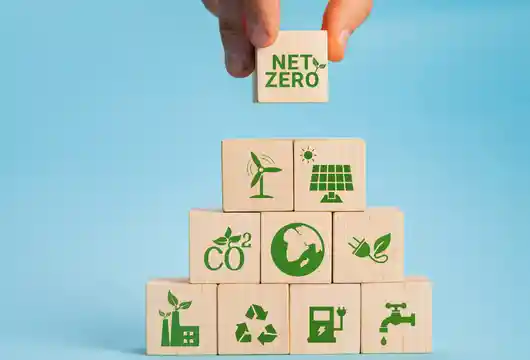The Indian government has introduced aggressive policies that are capital-attractive for the whole value chain of #renewableenergy. For instance, the Indian government detailed its intentions to invest an additional $2.6 billion to increase domestic production of solar modules to reduce imports from China in its annual budget for 2022/2023. India pledged in August to reduce the GDP’s carbon intensity by 45% from 2005 levels by 2030 and to have half of its installed electrical generation capacity run on non-fossil fuels by that year.
It is no longer simply the Indian government placing large bets on renewable energy. The two most prominent corporations in India, Reliance Industries Limited (RIL) and Adani Group (AG), and the competing billionaires who run them, have increased expectations with their renewable giga-plans. At RIL’s annual general meeting on August 29, chairman Mukesh Ambani, now India’s second-richest man, stated that once its current goals are realized, the oil-to-chemicals major may treble its investment in the creation of #cleanenergy gear. The establishment of four plants to produce solar panels, electrolyzers, fuel cells, and batteries in Jamnagar, Gujarat, was part of RIL’s $10 billion plan last year.
Not to be outdone, on September 27, AG chair Gautam Adani announced at a Forbes conference in Singapore that the group plans to invest more than $100 billion in the next ten years, of which 70% will be in the #energytransition space. Adani recently passed Ambani as India’s richest man and rose to the second-wealthiest position in the world. The investments are welcome news for businesspeople who have built successful careers around fossil fuels. The largest coal trader in the nation is Adani Enterprises, a flagship company of AG. At the same time, the most significant oil refining hub in the world is owned by the RIL conglomerate.
One of India’s foremost renewable energy firms, Adani Green Energy Limited (AGEL), which AG controls, now has a project portfolio with a capacity of 20,434 megawatts or the equivalent of 16.7 million homes. Utility-scale grid-connected solar and wind farm projects are developed, constructed, owned, operated, and maintained by AGEL. In 2015, Adani announced plans to build the largest solar power plant in the world, Kamuthi in Ramanathapuram, with a capacity of 648 megawatts.
The world’s leading industrialists, including Bill Gates, Mukesh Ambani, Ratan Tata, and Jack Ma, announced the Breakthrough Energy Group, an international alliance of 28 investors formed to bring businesses that have the potential to deliver affordable, dependable, and carbon-free power from the research lab to the market, concurrently with India’s decision to launch an International Solar Alliance. Ambani first expressed a desire to enter the renewable energy sector in the same year. Thanks to persistent #climatechange advocacy, there has been a global trend toward renewable energy, prompting many large oil and mining companies to enter the market. About 40% of India’s overall greenhouse gas emissions are attributable to the energy sector and 25% to the oil industry. If India is to reach net zero by 2070, decarbonizing the industries that Adani and Ambani rely on must be a top priority.

